I often hear clients say they want to be polished and appropriate for all the events they need to attend. Their real goal is to not embarrass themselves by appearing that they do not know any better by over-dressing or under-dressing. Usually it’s the horror of having experienced one of those awkward experiences that propels them to call me. (A little job security never hurt anyone.)
Why does it matter?
Your dress communicates who you are and what you believe, not only about yourself but also your hosts for the event.
Tradition – Honoring the expected dress for particular social events, such as weddings and business galas. With that being said, I’m not advocating dressing in a homogenized way to blend in with everyone else either.
How do you know what is expected? The invitation will be the first place to check. If the invitation doesn’t spell out the dress code, look at some clues from the venue and the occasion. Still not sure? Call or email the host or event planner and ask.
As an example: New Year’s Eve party at a friend’s home? What would you find most appropriate?
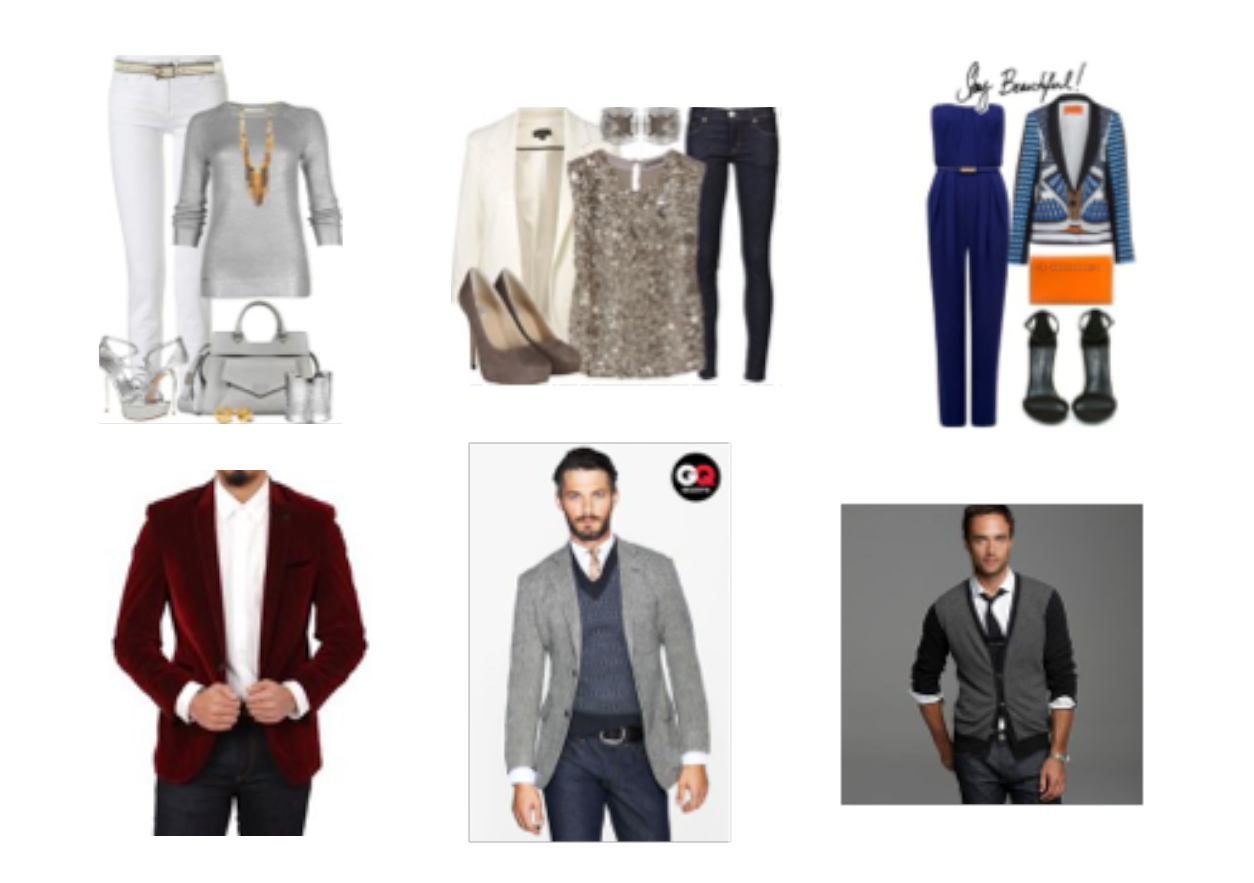
What if you received an invite to a country club or hotel?
White Tie: Rarely seen on modern invitations, white tie is the most formal dress code. It includes tailcoats, piped trousers, and white waistcoats for men. Women wear formal evening gowns, long gloves, and high heels. Unless you happen to attend jet-set dinners or work for very large charities or the White House, you’re unlikely to ever face the white tie code.
Black Tie or Evening Dress: Black or midnight blue dinner jacket and matching trousers for men are expected. Women are expected to wear dressy cocktail or evening gowns.
Black Tie Optional: Often used for ceremonies where the participants will be formally dressed but want to spare their guests the necessity of owning or renting a tuxedo. A solid, dark suit with a dark tie and a white shirt is perfectly appropriate at these events, but anything patterned is too informal. Women need to wear cocktail dresses or dressy separates in dressier fabrics, such as silk, taffeta or satin.
Semi-Formal or Business Dress: Should not be confused with casual or business-casual; a suit is still expected. A tie is necessary. Women should wear cocktail dresses, long dressy skirts or dressy separates.
Business-Casual or Dress-Casual: Implies that a tie in particular is optional, and in some circles also indicates that a jacket can be omitted or replaced with a sweater, vest or similar garment. The shirt must still be collared, and dress trousers are expected. For women, open collar shirt, sweater dress pants — business type dress. Always consider your company’s usual dress code.
Casual: Does not mean “anything goes;” any event that bothered to provide a dress code still expects attendees to look neat and well presented. Fabrics can be more casual, such as neat-fitting jeans, shirt, and sweater for men, and the ladies can wear stylish jeans with a dressy top. Always be mindful of your personal brand.
When working with clients, I inquire about the way they spend their time and if they attend galas or black tie events on a regular basis. Many have an event or two they traditionally attend. My advice is to build a special occasion wardrobe so you can avoid the last moment dash and stress of hunting for the perfect outfit or details for the appropriate outfit. By doing this you will often save money by thinking ahead. Once an expert like myself helps you build a wardrobe that supports you—not only in your day-to-day life but also in all the special occasions of your life—you will never sweat the small stuff. You’ll always feel confidently prepared for any invitation that arrives in your mailbox.

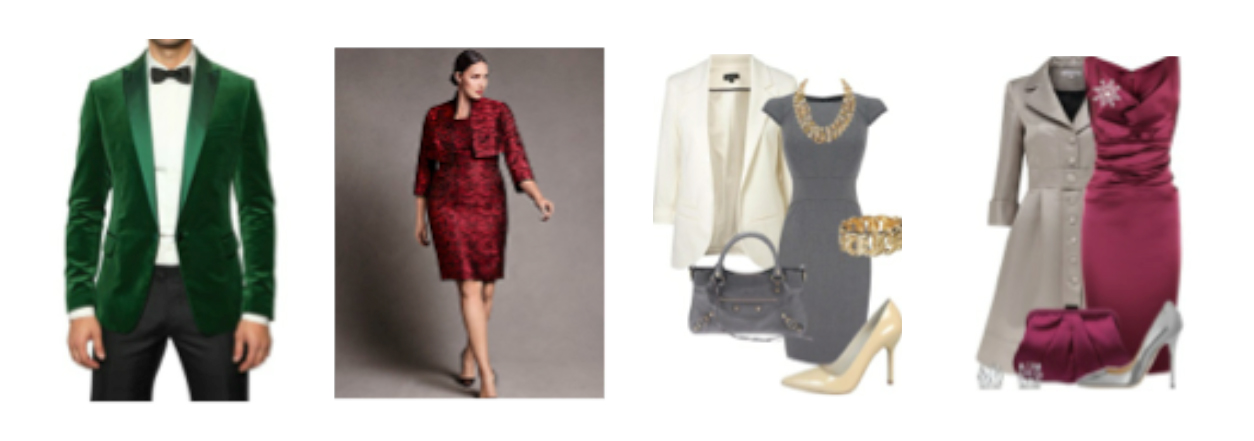
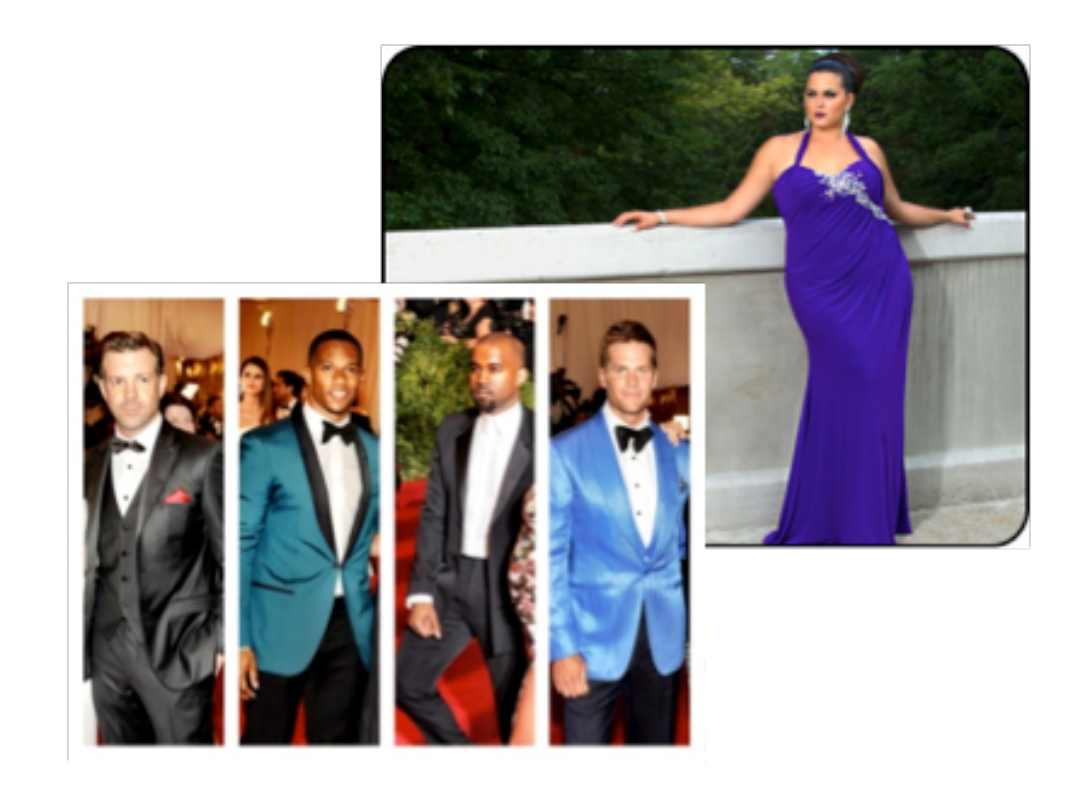
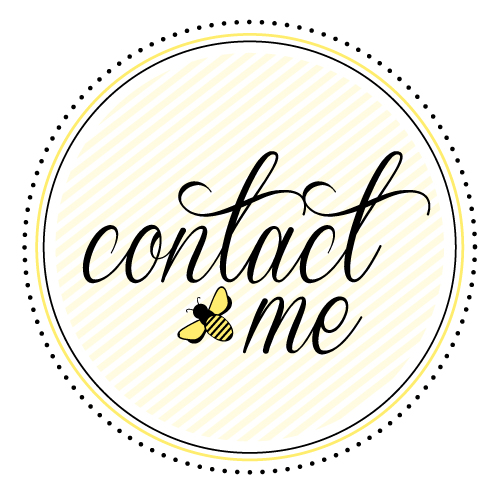


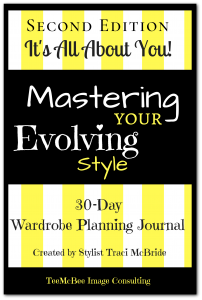
Leave a Reply